Do you remember the depths of that global pandemic a few years ago? We were stuck inside, pacing the floor, gnashing our teeth. Then we began to open our eyes and prepare our eager hearts for a coming era of “slow travel,” the kind where you sink into a place for a long, unmasked exhale. Once we were free to roam again, we swore, there’d be no more rushing to check items off of a must-see list. No more doing it for the ’gram. We’d take our time. We’d savor it.
But that was so five years ago.
My husband and I recently took a 12-day trip to Italy, with many check-ins and check-outs and trains, planes, rental cars, taxis, and boats throughout. I wouldn’t call it frenetic, but it sure as hell wasn’t slow.
Amid the whirlwind were a brief 24 hours in Florence, a city I hadn’t visited in many years. Between a few days on the balmy Italian Riviera and a handful of nights tucked in the verdant hills of Tuscany, we ran positively feral through the Renaissance City.
After an early departure by train three hours south from the Cinque Terre village of Manarola, we arrived in Florence. We beelined to Il Bargello, our Florentine home for just one drizzly Monday night. We’d booked the 700-square-foot executive suite, replete with two bedrooms, a dining room, a kitchen, and full bath. Sounds posh, but it was a five-flight ascent with our bulky luggage, and we had to spiral our way skyward through a construction site of renovations. The welcome email had warned us: “Remember that our cosy, completely NON-smoking home is situated on the 3rd floor of a 15th century building that has NO elevator service; 77 steps!” It’s one thing to read it — it’s another to live it.
The primary bedroom was decorated in red, gold, burnt orange, and deep green, evoking a Harlequin costume. Around arched doorways we found the second bedroom, tiny dining room, and a bright yellow-and-white kitchen with jars of biscotti and to-go Nutella packets for the taking. Il Bargello is next door to the Bargello Museum, tucked between the Piazzas della Signoria and del Duomo. Off we went to explore before sunset.
Wending our way between the opera singers and puppeteers of the piazza, I stumbled upon the charming little L'Arte de' Ciompi. This family-run shop is dedicated to Florentine calligraphy and crafts and immediately captured my imagination. The shelves were lined with stationery, playing cards, greeting cards, leather-bound journals, trinket boxes — all hand-designed with Florentine flair. A deck of cards was merrily purchased, and on we went.
We grabbed an outdoor table for pre-dinner cocktails in the shadow of the Duomo at Move On, the aptly-named Italian pub for our whirlwind itinerary. A quick Campari spritz and we high-tailed it to our dinner reservation at Ristorante La Gioia Toscana. The tiny spot seats no more than 30 diners, but offers big taste.
On our menu was Caesar salad; chicken livers on toast; paccheri with pistachio pesto pecorino and guanciale; and filet with shaved truffles served on a separate table next to our two-top. A heavy pour of Barolo guided our meal. For the first time since arriving in the city, we lingered. We closed out the place on this quiet Monday night and then wandered to the Piazza della Signoria.
Under the yellow plaza lights was the resplendent marble replica of Michelangelo’s David by Luigi Arrighetti. Having seen the original in the La Galleria dell'Accademia, the Arrighetti by no means evokes the same visceral human emotions as the Master’s, but it is still impressive. (This was the original's position from 1504 before it was moved inside of the museum in 1873. In 1910, the replica was placed where the original once stood.)
There was one final indulgence at Edoardo Gelato and it was back up our five flights for a well-deserved rest.
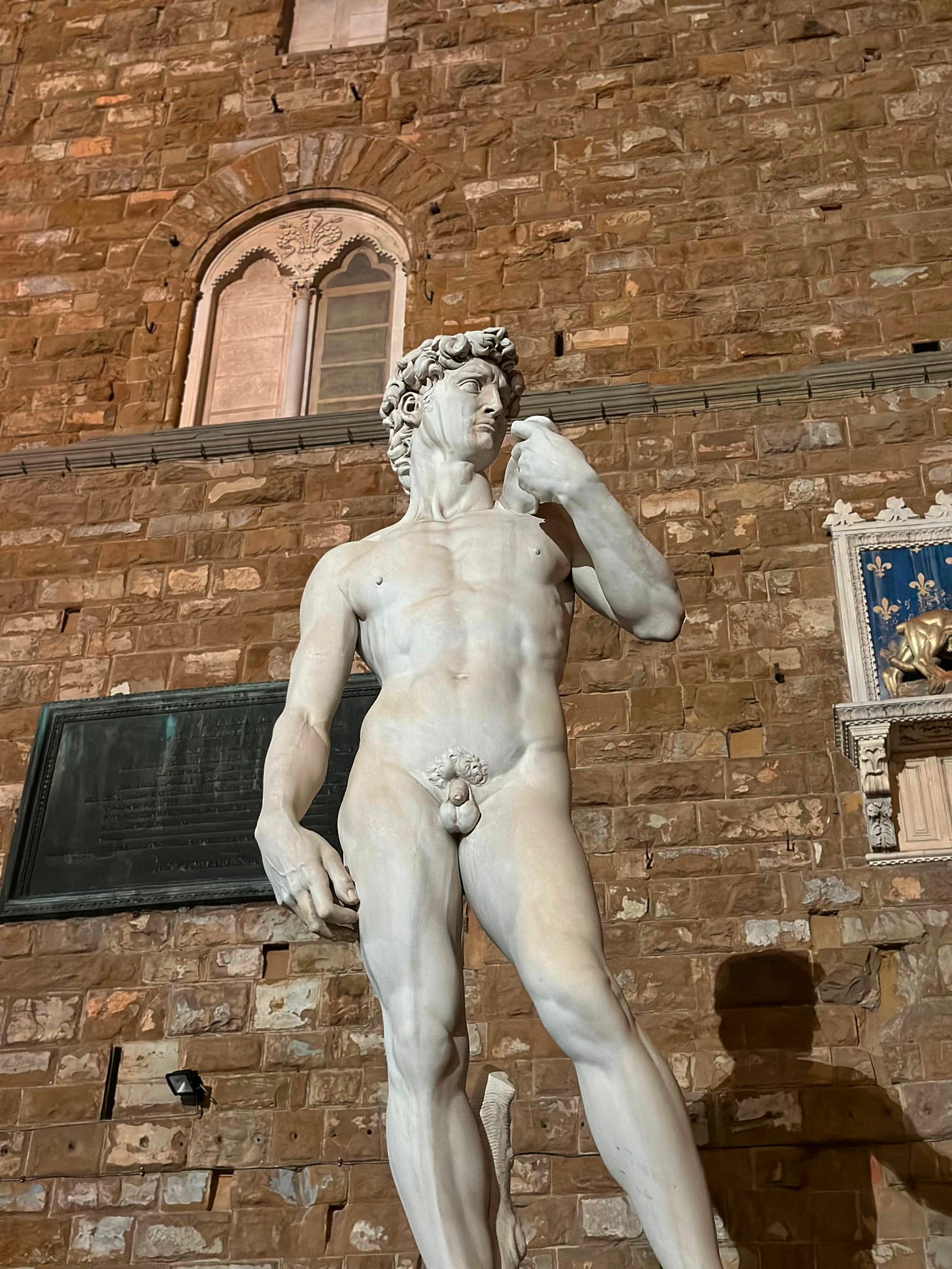
I had visions of getting up at dawn on Tuesday and roaming around the Duomo before the crowds swelled, but that turned out to be little more than a dream. We slept in on that rainy morning and ran to the Tivoli Palazzo Gaddi Firenze before the breakfast buffet at Terrae closed. Under the guidance of chef Iside de Cesare (of the Michelin-starred restaurant La Parolina in central Italy) and resident chef Salvatore Canargiu, baskets of fresh plums, platters of tomato tarts, healthy juices, farm fresh eggs, and heaps more were on offer to start the day. And because this is Florence, a city that reverberates with history, you can bring your plate to the garden and enjoy your croissant right where Milton wrote Paradise Lost.
Buona fortuna lined up calendars and I was able to find Angelo, an editor of mine who lives in town, in the hotel’s whimsical lobby. He ushered us to Todo Modo, an independent bookshop and cafe to discuss the city’s history and the future of publishing.
A cappuccino later, and it was time to head to the airport. Angelo pointed us north along the Arno River to walk along the Ponte Vecchio, a striking medieval bridge and the only one that the Nazis did not destroy in World War II. As it started to rain, we hustled to the middle of the bridge, snapped a quick selfie (ew, I know), and beelined back to Il Bargello to drag our bags back down those interminable 77 steps.
Was this the best way to see Florence? No. But was it better than bypassing the Renaissance City entirely? Yes.
I still believe in slow travel and the promises we made to ourselves just a handful of years ago. The world has picked up the pace once again, but, as Dante — another Florentine writer — once noted, “The wisest are the most annoyed at the loss of time.” Let’s vow not to squander any more of it.


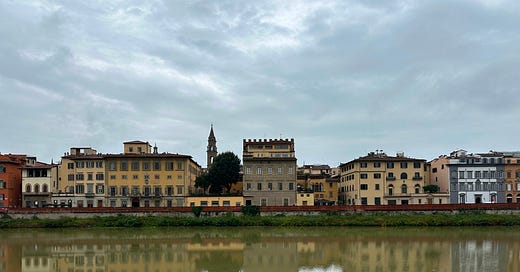



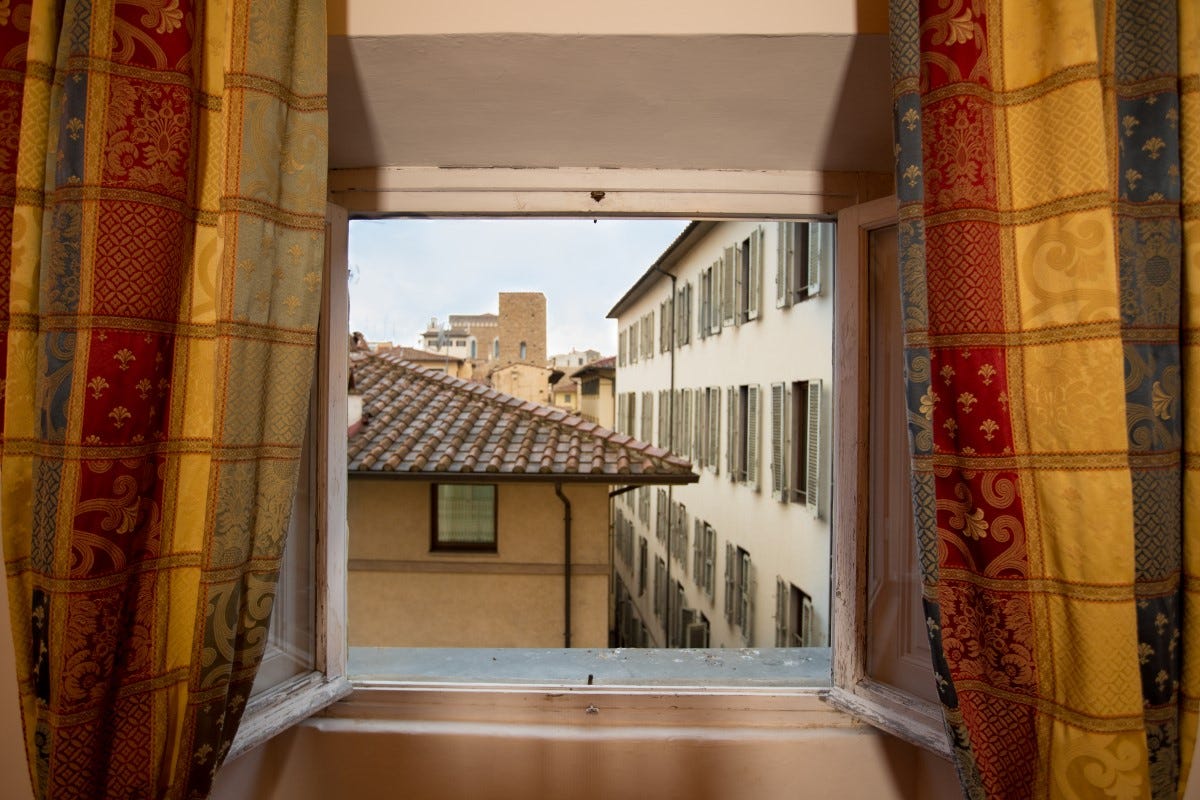
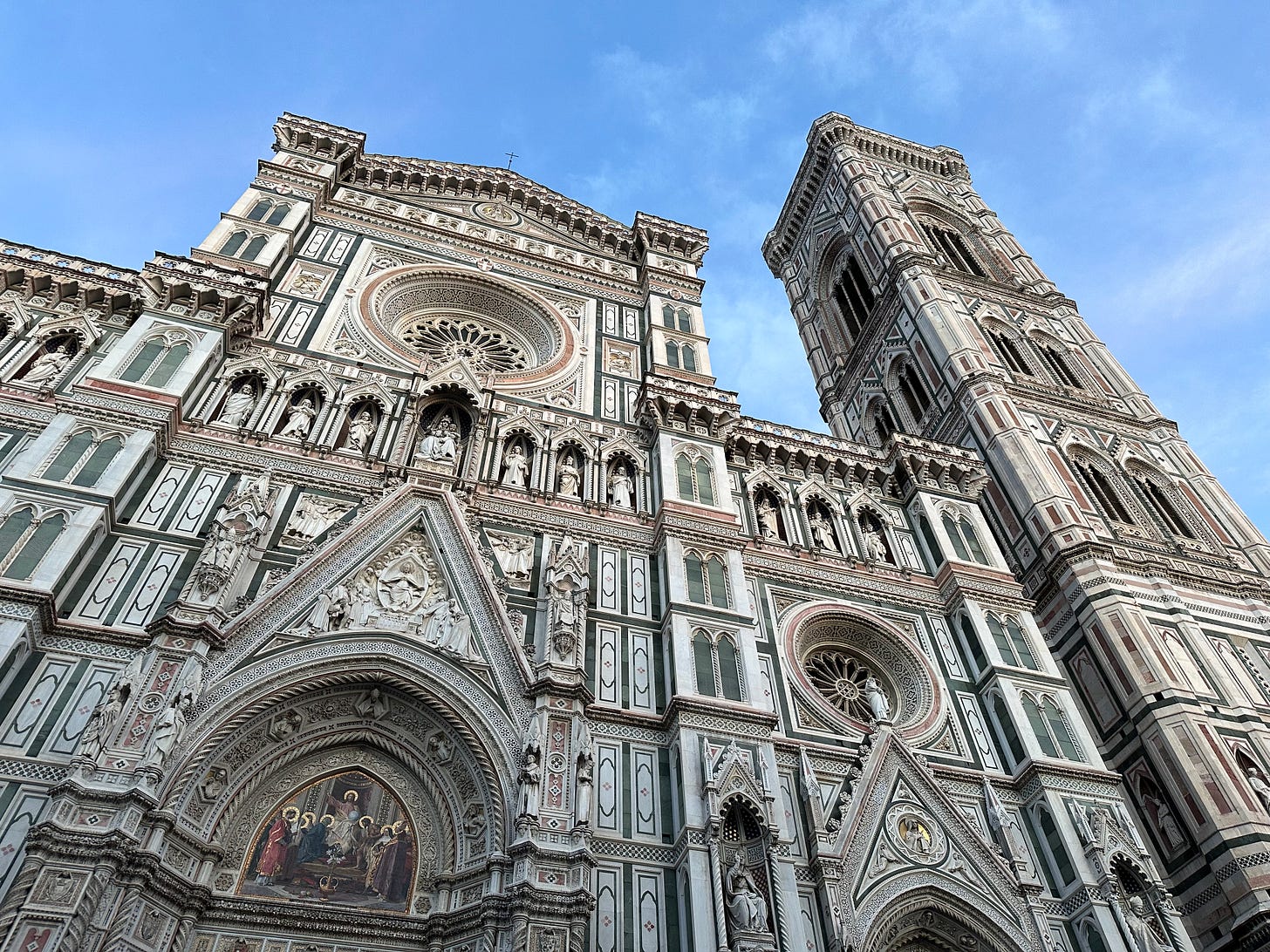
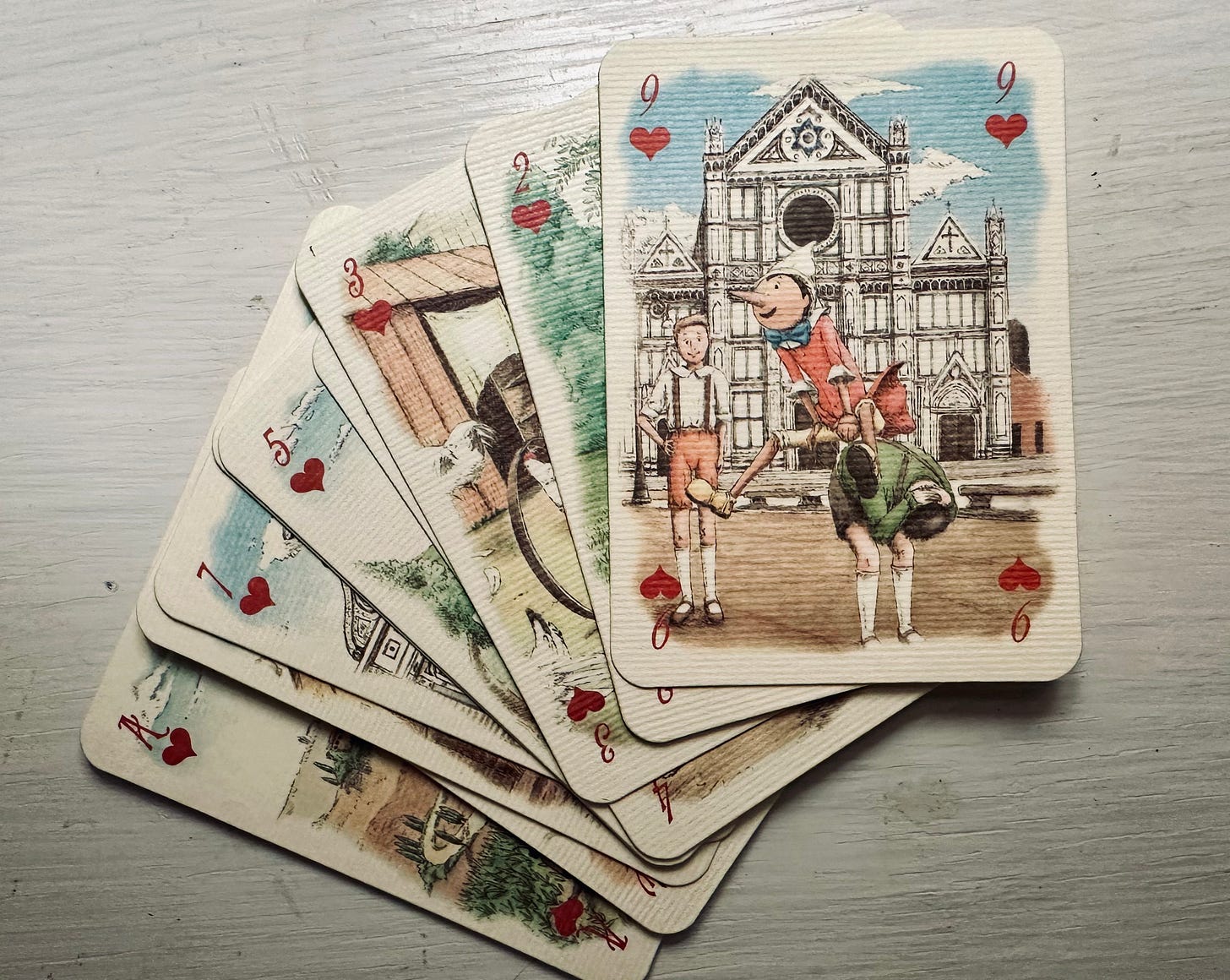

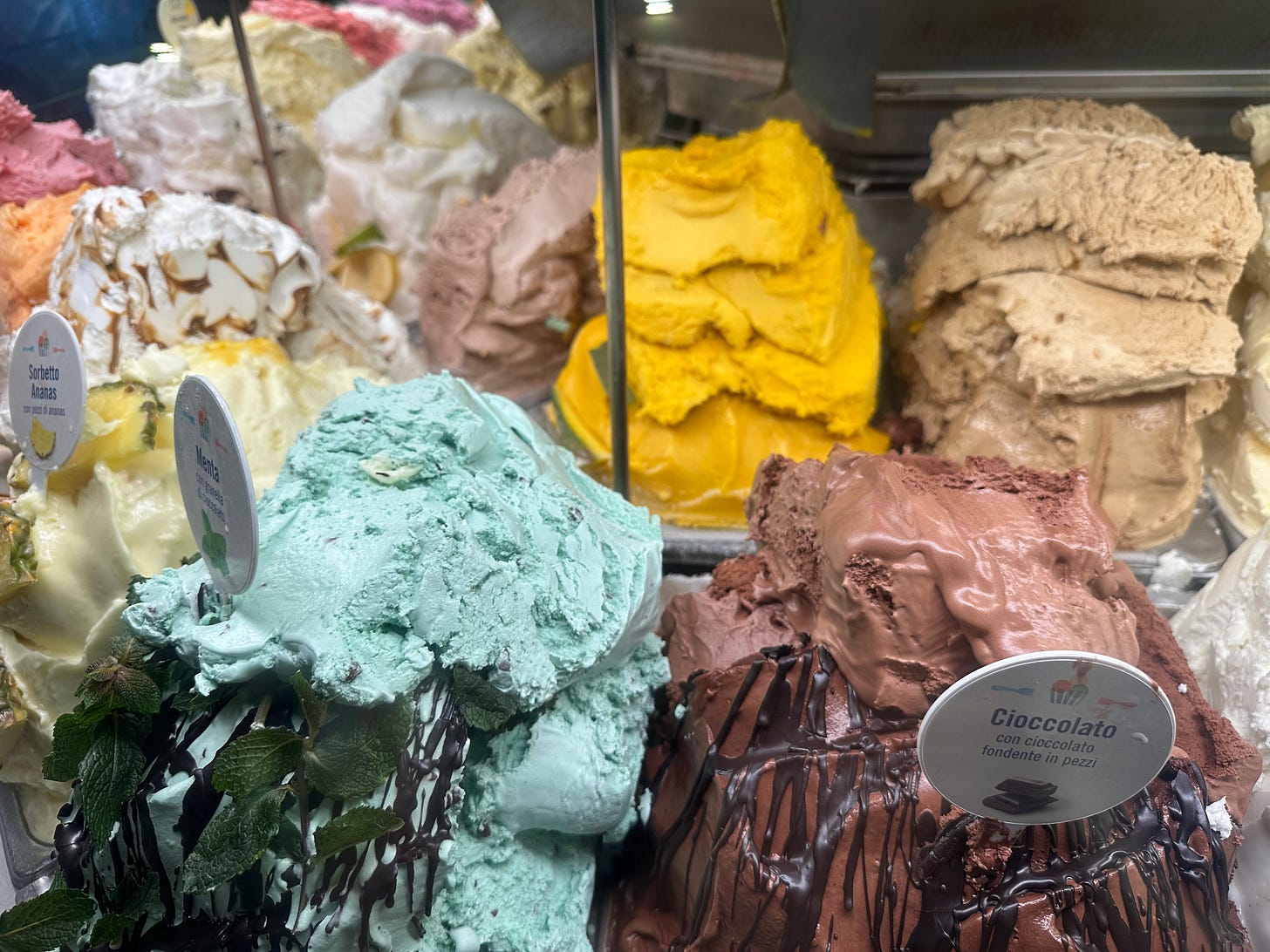
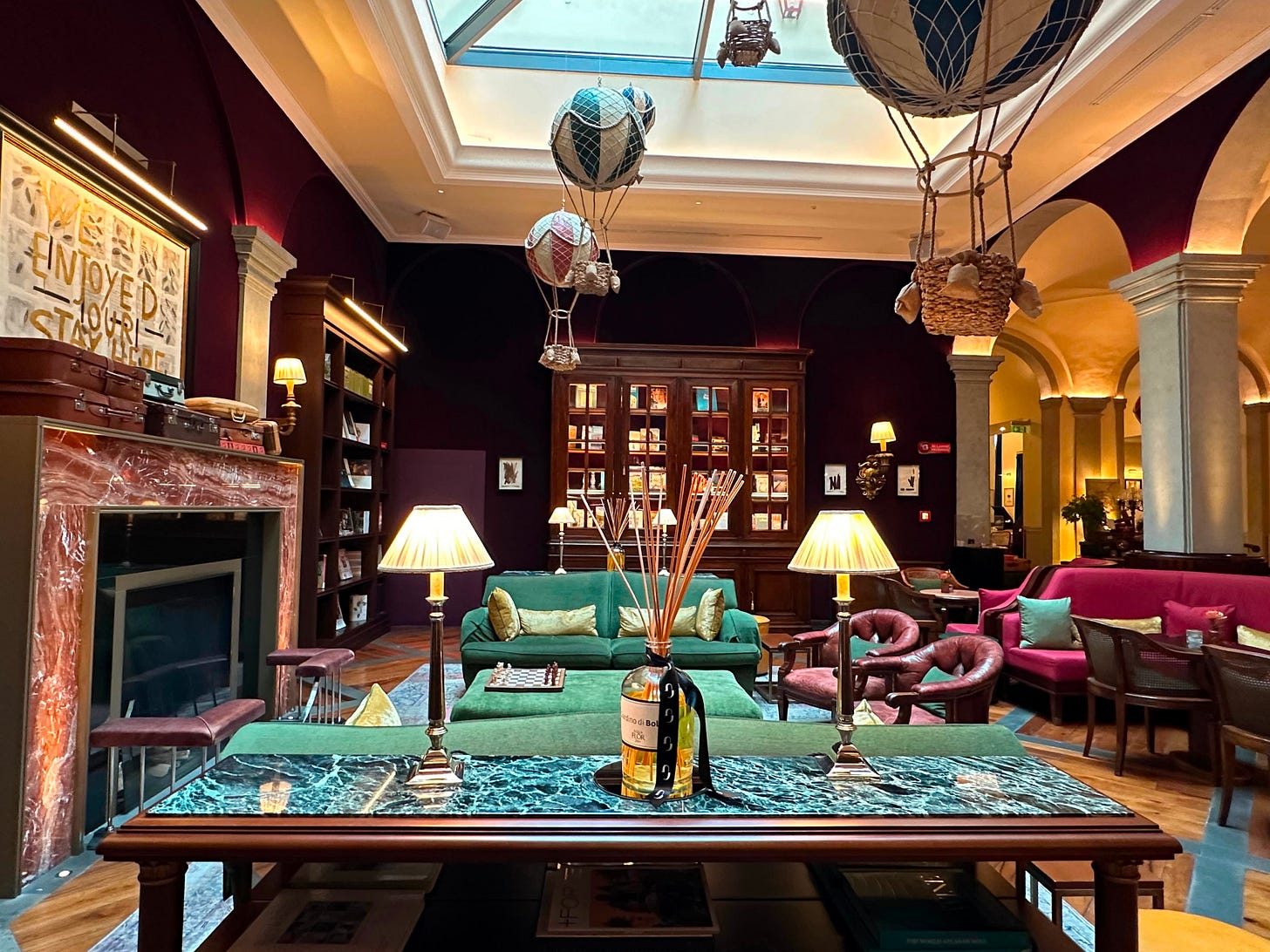
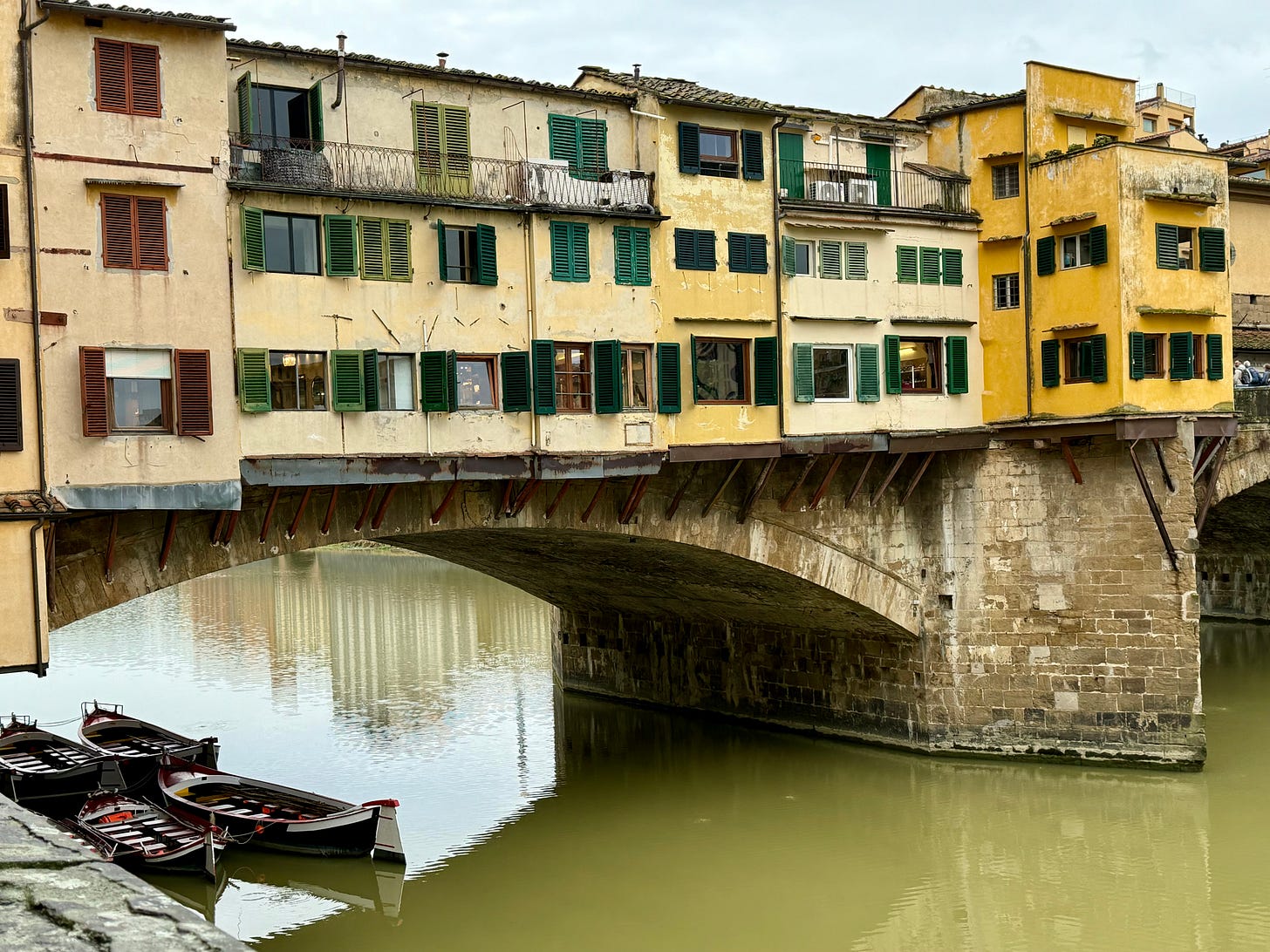
I thoroughly enjoyed visiting Florence by way of your delightful and informative article (though reading about your "interminable" 77-stair climb to your guest room was the stuff of nightmares lol) Wonderful read!